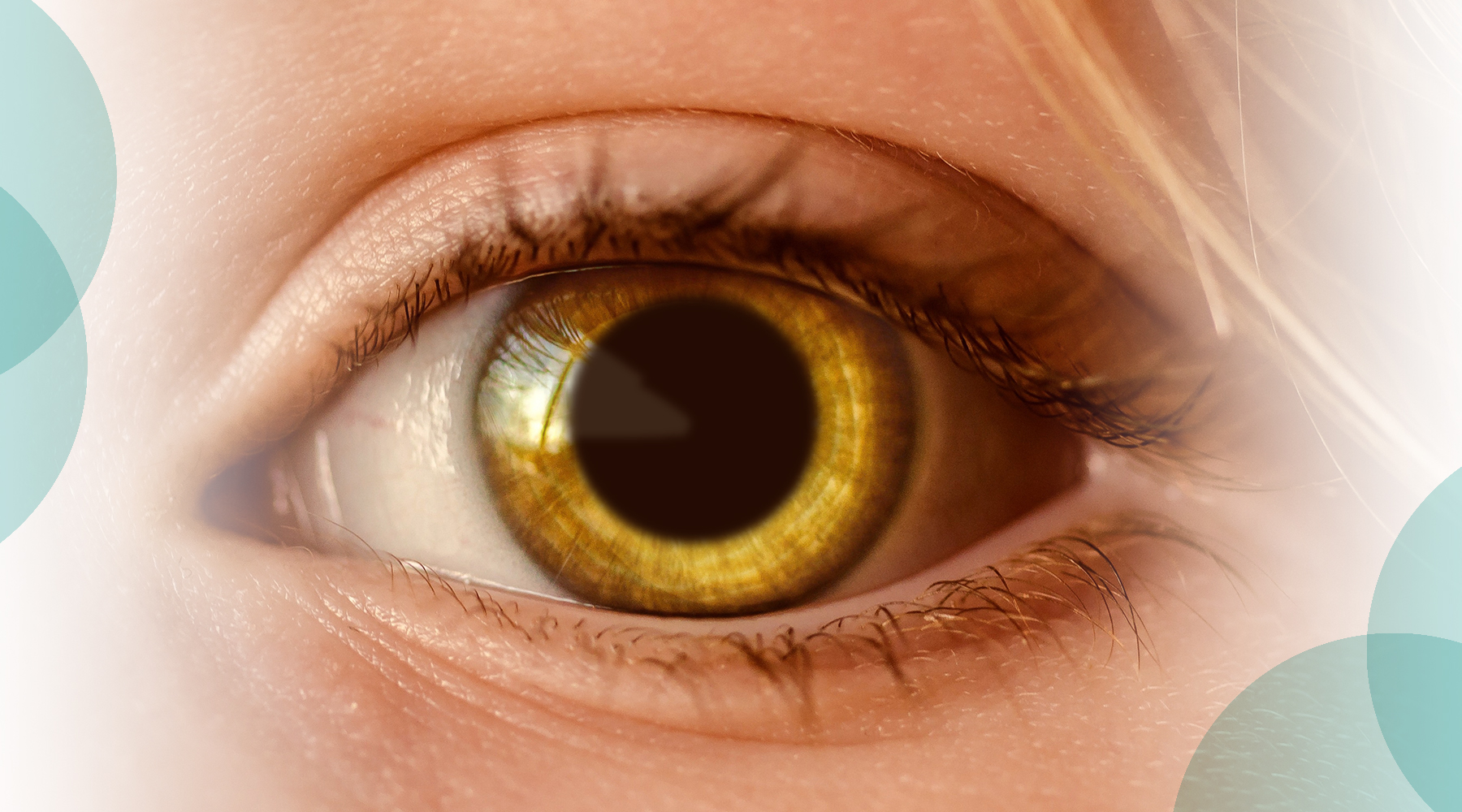We’ve already delved deep into the history of makeup from around the world—a lot of which involved grinding up lead and smearing it on your face. Not a great idea no matter what century it is. But Venetian ceruse—that’s the makeup Queen Elizabeth supposedly use to achieve that flat white complexion—isn’t the worst offender from the world of bizarre and dangerous beauty trends.
Warning: some of these trends are downright disturbing. And not all of them are from the distant past.
Tanning Beds
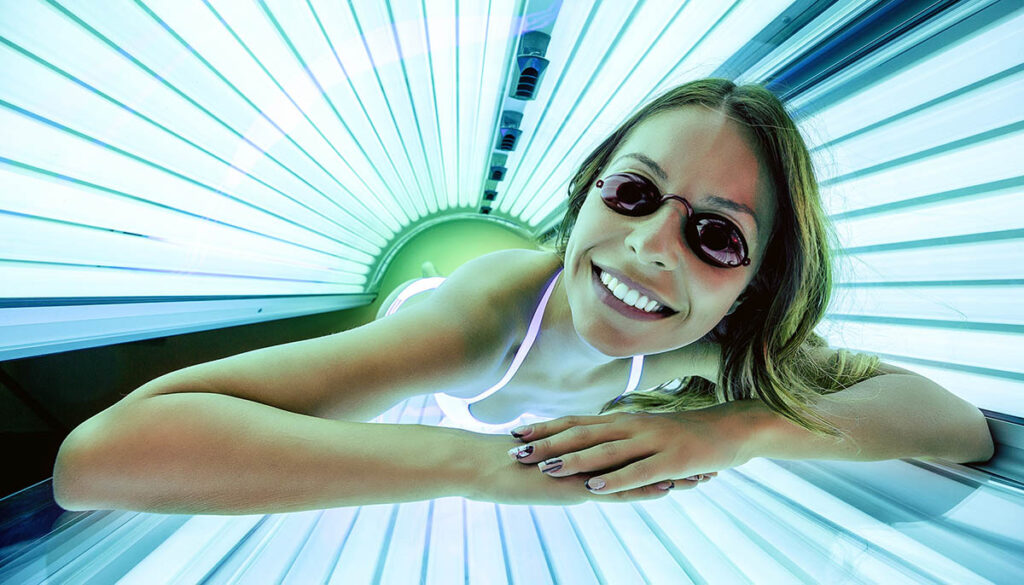
Tanning beds aren’t as popular as they once were, but they certainly still exist. Cooking your epidermis with UV radiation isn’t a good idea in any circumstance, but enclosing yourself in a tanning bed is worse than a day at the beach. According to the FDA, “UV radiation in tanning devices poses serious health risks.” Using a tanning bed can cause skin cancer, burns, premature aging, and even eye damage.
The idea of a “healthy” tan didn’t become popular in the Western world until the 1920s, when Coco Chanel popularized sun-darkened skin after returning to France from a vacation. Before the Industrial Revolution, tans were associated with working outdoors, while the wealthy classes were strictly indoor kids. However, after labor shifted from fields to factories, having a tan meant that you were rich enough to go sunbathing.
If you want that sun-kissed glow, stick with spray tans and bronzers.
Belladonna Drops
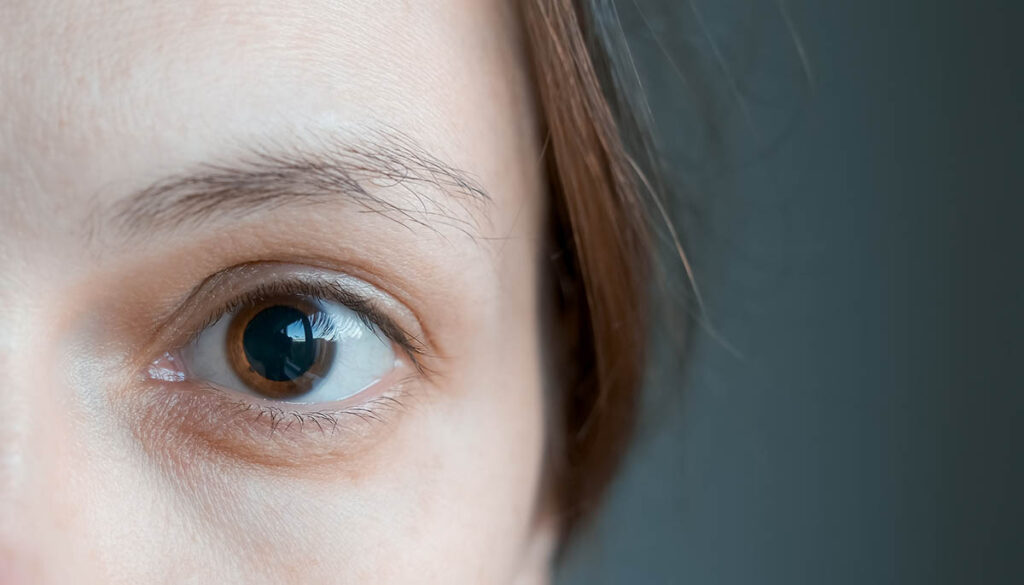
To be fair, “belladonna” does mean “beautiful lady.” But its other name is “deadly nightshade.” As a general rule, don’t put anything deadly into your body—especially your eyes.
During the nineteenth century, respectable ladies weren’t supposed to wear makeup. However, they still wanted to look their best and meet the era’s doe-eyed, rosy-cheeked standard of beauty. Luckily, the rosy-cheeked part could be achieved with a little balm or powder. For the eyes, a little belladonna would do the trick.
Belladonna eye drops cause your pupils to dilate, which in turn makes your eyes look bigger and darker. Belladonna was used all the way back to Renaissance Italy—and you might be surprised to learn that it’s still used today! When you get your eyes dilated at the optometrist’s office, the active ingredient atropine is derived from belladonna.
Foot Binding
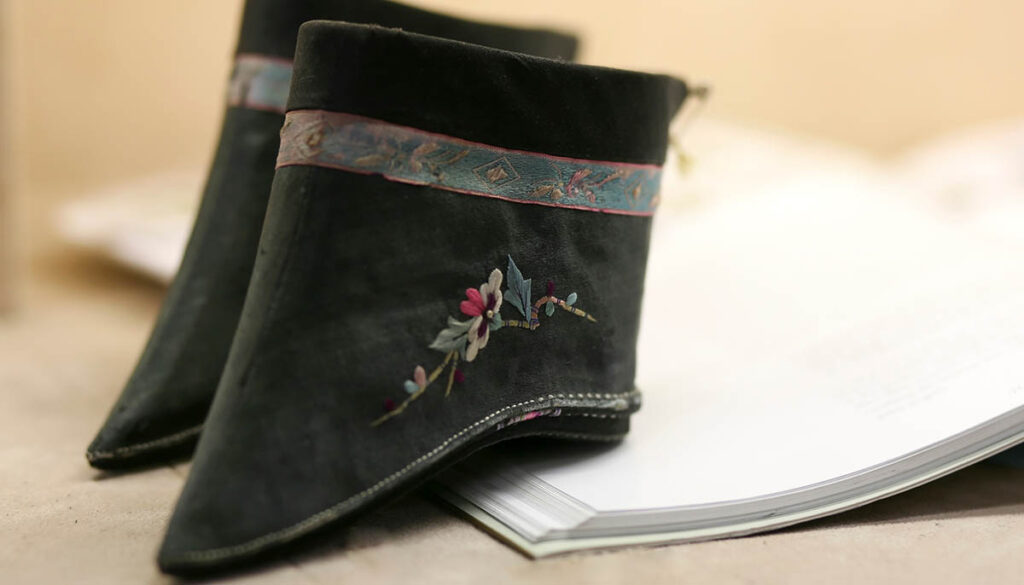
Foot binding is one of the most horrific “beauty” trends in history. It dated back to tenth-century China but peaked in popularity during the nineteenth century. Also called “lotus feet,” bound feet made it very painful for women to walk. They had to take tiny, swaying steps, which (apparently) added to a woman’s dainty, refined beauty.
Maybe the upper classes really did find tiny feet attractive, but once the women took off their cone-shaped embroidered shoes, it was a different story. It’s more likely, however, that the beauty was less in the feet themselves than in the social clout. If your feet were literally broken and hobbled, it meant that you had never done a day of work in your life.
Even that rationalization fell by the wayside as the practice trickled down into the working classes. Women worked in the rice fields with bound feet, hoping that their sacrifice would help them make a better marriage. The practice was banned in 1920, but there may still be a handful of elderly women in China whose feet were bound as children. You can read more about their stories at Smithsonian Magazine, but be warned that the details and photos are disturbing.
Radioactive Beauty
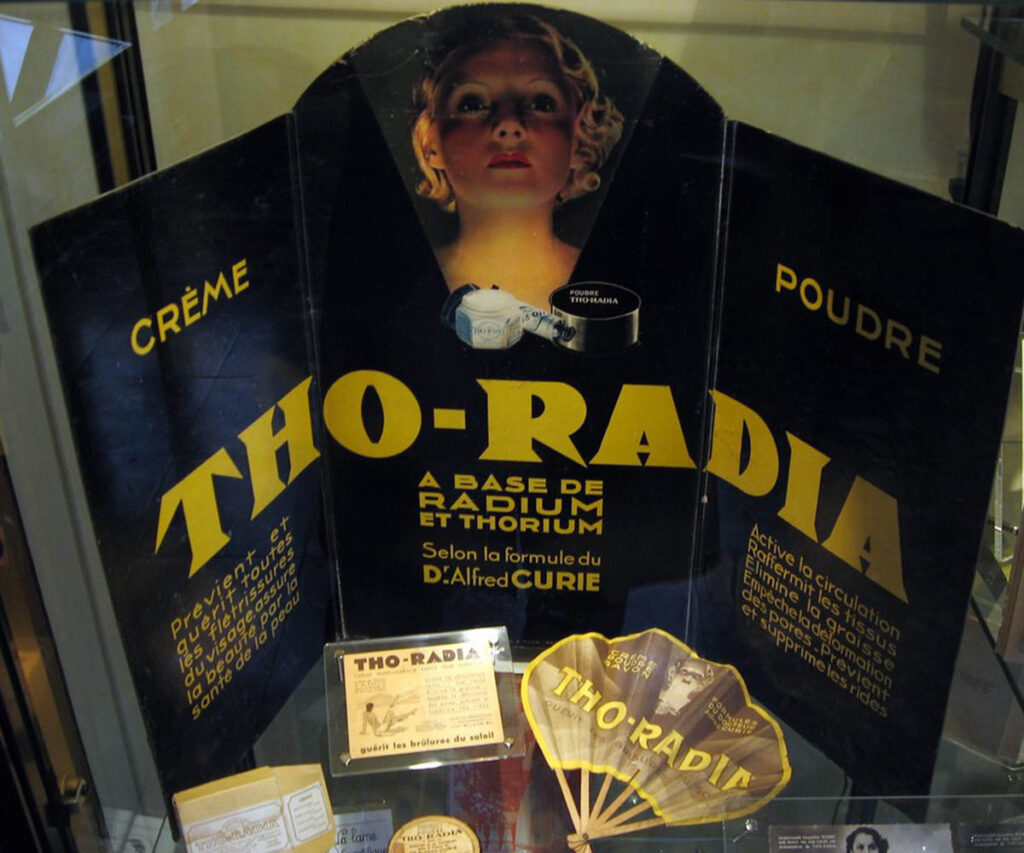
When Marie Curie discovered radium in 1898, the world believed that it was a wonderous substance capable of miracles. For one thing, it could be made into a glow-in-the-dark paint… leading the factory workers who painted watch dials to die from radiation poisoning. In addition, it seemed like every quack and snake-oil salesman wanted in on the new radiation craze.
Radium was touted as a cure-all and was used in everything from toothpaste to tonics. But exposure to radium is really, really bad for you. It’s true that some naturally occurring hot springs around the world do have trace amounts of radon, a radioactive gas that occurs naturally when uranium decays. However, the level of radium in bath salts and soaks marketed during the early 1900s for home therapy was way more than was safe.
As late as the 1930s, “Tho-Radia” cosmetics were being manufactured in France to help you get that delightful radioactive glow. “Radioactive” was such a buzzword in in the 20s and 30s that manufacturers would slap it on their product labels just to stay competitive in a market that was mad for radium, as noted by Jacopo Prisco for CNN.
Formaldehyde Blowouts
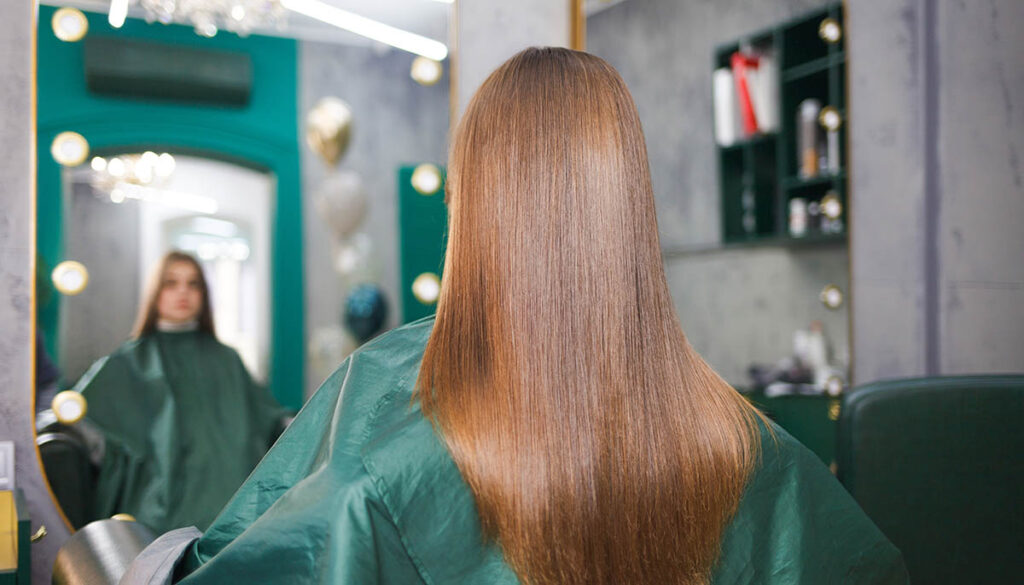
Want to get your hair beautifully smooth? You might be tempted by a Brazilian Blowout. The trendy hair treatment crashed onto the beauty scene a little over a decade ago, promising glossy, stick-straight locks. But there was a catch.
The chemicals used in keratin treatments do work, there’s no denying it. In order to get keratin—a protein found in hair, fingernails, horns, hooves, and feathers—to bond with your hair, you need to add some nasty chemicals. A study found that the Brazilian Blowout solution was roughly 12% formaldehyde.
Formaldehyde is used in a variety of industrial applications, including making plywood and glue. It’s also the main ingredient in embalming fluid. When living folks are exposed to formaldehyde during a blowout, the heat creates toxic fumes that can cause an asthma attack, headaches and migraines, eye irritation, and dizziness. The chemical cocktail has also been known to cause burns, rashes, and blisters.
Formaldehyde is also a known carcinogen, meaning that it causes cancer. Even so-called “formaldehyde free” products contained an ingredient that turns into formaldehyde when exposed to air. You know, like from a blow dryer. According to the New York Times, the FDA considered banning Brazilian Blowouts and other keratin treatments in 2016, but as of right now, they’re still legal and widely available.
Read More: Glamorous Hairstyles That Should Come Back
Arsenic Wafers
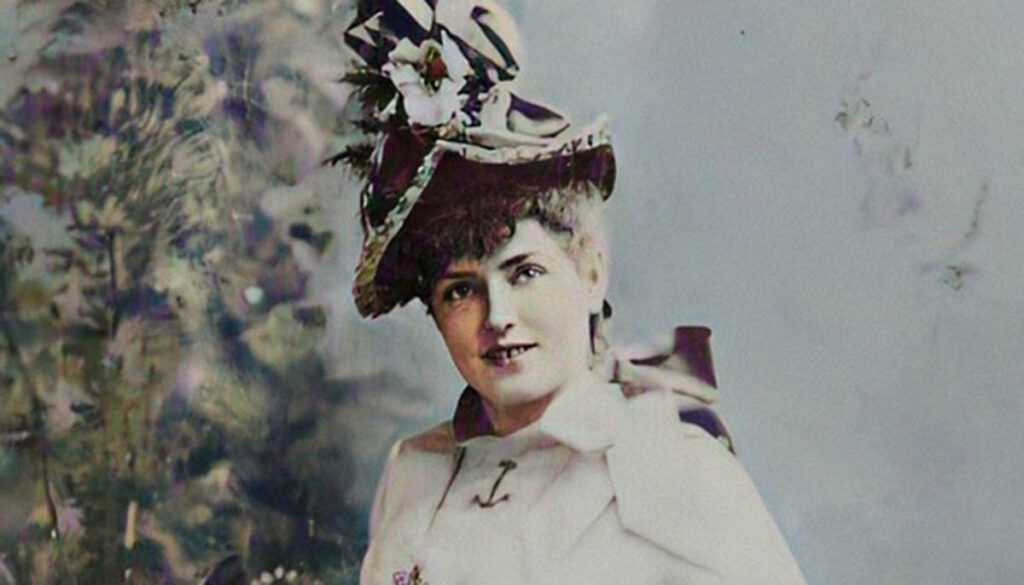
We know that arsenic is poison, right? And poison is bad? That memo didn’t reach the women who bought facial creams containing arsenic (as well as mercury, ammonia, and other nasty ingredients) throughout the Victorian era and well into the 1920s.
Even worse were arsenic wafers, a product that was commonly sold in the back of ladies’ magazines. One brand claimed that these toxic wafers were “guaranteed absolutely safe and harmless to anybody.” Anybody who didn’t want to develop sores, nausea, hair loss, blindness, and death, anyway. Initially, arsenic does make your skin whiter… but only because it’s killing off your red blood cells.
If you’re having a laugh at how stupid the Victorians were for using literal poison in their makeup, hold on just a second. In 2015, The Guardian revealed that counterfeit versions of popular makeup products seized by the City of London Police contained traces of both arsenic and cyanide.
Stiff Collars

While most of these deadly beauty trends were directed at women, men sometimes had their own problems. Throughout the late Victorian era and into the Edwardian era, men’s collars grew taller, tighter, and more dangerous. Eventually, fashionable gentlemen ran the risk of suffocating themselves with their detachable collars. In fact, they were nicknamed Vatermörder in Germany, which translates to “father killer.”
One, that’s terrifying. But also, I feel like if George Lucas ever read that fun fact, he’d have renamed Darth Vader. Anyway, in the late nineteenth and early twentieth centuries, laundry was too time-consuming and expensive to do as often as they might have liked. Detachable collars (as well as cuffs) were a way to easy wash or replace the part of a man’s shirt that was most likely to get dirty and discolored. These collars were starched within an inch of their wearer’s lives—literally. Some were even made more rigid with collar stays, which were made from whalebone or cellulose.
If a gentleman had a few drinks and then nodded off, the height and stiffness of his collar could put so much pressure on his carotid artery that it would cut off the blood flow to his brain.
Deadly Hair Dye
Jean Harlow was the original “blonde bombshell” in the 1930s. She made a handful of pictures in Hollywood before passing away from a sudden illness at the age of 26. There were plenty of rumors about what killed her, and quite a few people thought Harlow’s platinum blonde dye job could be the culprit.
According to her stylist, they achieved the color with a combination of “peroxide, ammonia, Clorox, and Lux flakes.” The last ingredient on the list is laundry soap flakes, and the first is good ol’ hydrogen peroxide—something that’s still used in hair lightening today. But ammonia and Clorox (aka chloramine bleach) combine to create chloramine gas. It’s super toxic and can be deadly over long periods of exposure. You know, like if you put it on your head every week for four years.
Although the dye used on her hair did eventually make it fall out—and probably caused irritation to her eyes and airways—that wasn’t the direct cause of her fatal decline in 1937. Based on eyewitness accounts, including from her Saratoga costar Clark Gable, Harlow died from kidney failure. While Harlow’s hard-drinking lifestyle and history of childhood illnesses almost certainly played a major role in her early death, it’s possible that the chemicals on her scalp could have strained her already damaged kidneys to the breaking point.
Regardless, you should never combine bleach and ammonia cleaners at home. And you shouldn’t mix your own hair bleaching potions, either.


